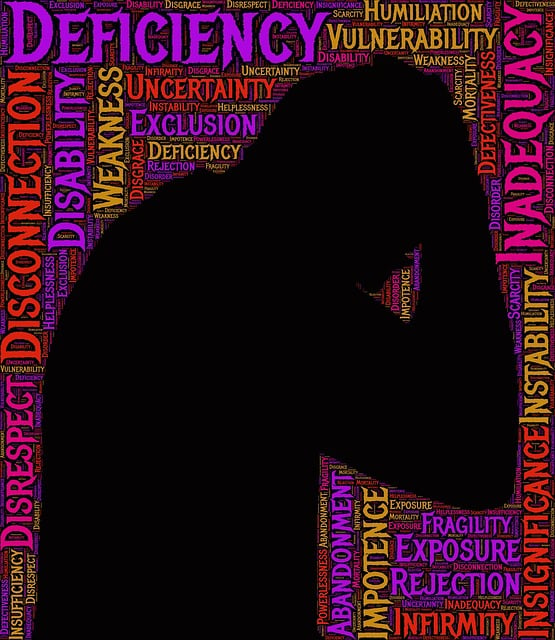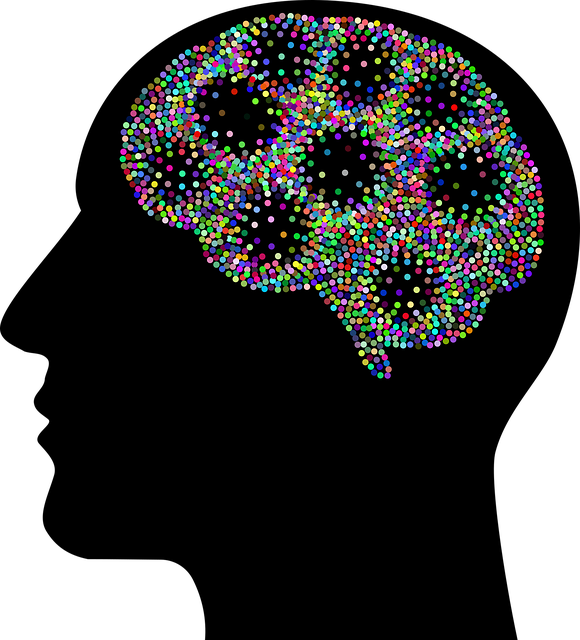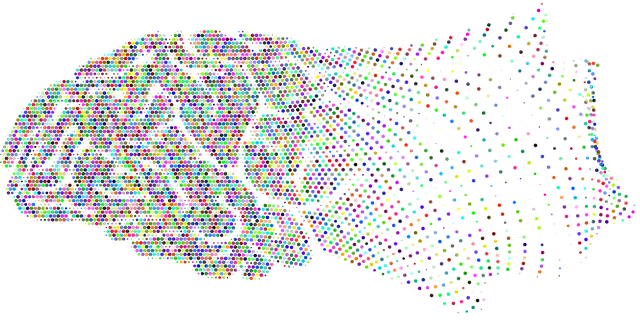Panic disorder and anxiety attacks are common mental health issues in young children, characterized by sudden intense fear and physical symptoms. Early recognition is vital for successful therapy, enabling children to develop healthy coping strategies. Effective public awareness campaigns simplify mental health concepts, raise awareness, and equip kids with self-care tools through relatable narratives and diverse media channels. A multi-faceted approach, including interactive digital platforms, social media trends, and creative storytelling, is crucial to improving youth mental health awareness and normalizing discussions around therapy for panic disorder and anxiety attacks in young children.
Public awareness campaigns play a pivotal role in addressing mental health issues among young children, particularly panic disorder and anxiety attacks. This article delves into three key aspects: understanding these disorders, designing effective public awareness campaigns, and enhancing the reach and impact of initiatives aimed at youth mental health. By exploring evidence-based strategies, we aim to equip parents and caregivers with tools to recognize and support young children through therapy, fostering a more informed and supportive society.
- Understanding Panic Disorder and Anxiety Attacks in Young Children
- Designing Effective Public Awareness Campaigns
- Strategies to Enhance Reach and Impact of Campaigns for Youth Mental Health
Understanding Panic Disorder and Anxiety Attacks in Young Children

Panic disorder and anxiety attacks are common mental health challenges among young children, often manifesting as intense and sudden fear or discomfort. These episodes can be particularly distressing for kids, leading to physical symptoms like rapid heartbeat, sweating, and shortness of breath, along with feelings of dread or uncertainty. Recognizing these disorders early is crucial for effective therapy for young children, allowing them to develop healthy coping mechanisms.
Public awareness campaigns play a vital role in educating parents, caregivers, and the broader community about panic disorder and anxiety attacks in young children. By fostering cultural sensitivity in mental healthcare practice, these campaigns promote understanding and encourage seeking help promptly. Positive thinking and supportive environments at home and school can also contribute to reducing anxiety levels in children, ultimately supporting their overall well-being and resilience.
Designing Effective Public Awareness Campaigns

Designing effective public awareness campaigns for issues like therapy for young children with panic disorder and anxiety attacks requires a nuanced approach. It’s essential to simplify complex topics while presenting them in relatable, engaging formats that capture the attention of both children and their caregivers. Incorporating compelling narratives and vivid visuals can help convey the impact of these disorders and normalize discussions around mental health.
Campaigns should not only raise awareness but also promote actionable steps towards self-care practices and resilience building. By teaching young minds self-esteem improvement techniques, these initiatives empower them to manage anxiety effectively. Utilize diverse media channels—social media platforms, community events, and educational institutions—to ensure widespread reach and engagement, fostering a supportive environment where mental health is prioritized.
Strategies to Enhance Reach and Impact of Campaigns for Youth Mental Health

To enhance the reach and impact of public awareness campaigns focused on youth mental health, particularly regarding therapy for young children suffering from panic disorder and anxiety attacks, a multi-faceted approach is essential. Incorporating interactive digital platforms can significantly broaden campaign accessibility, allowing for engaging content that resonates with younger audiences. Social media, in particular, offers an opportunity to create viral trends and hashtags dedicated to mental health, fostering open dialogue and reducing the stigma surrounding these issues.
Additionally, integrating self-care routine development for better mental health into campaign strategies encourages proactivity among youth. By promoting accessible trauma support services and emphasizing the importance of regular check-ins with mental health professionals, campaigns can empower young individuals to take charge of their well-being. Through creative storytelling and personal narratives, campaign organizers can showcase the tangible benefits of early intervention and therapy, ultimately normalizing the discussion around anxiety disorders and inspiring positive change.
Public awareness campaigns play a pivotal role in addressing mental health issues like panic disorder and anxiety attacks among young children. By utilizing strategies that enhance reach and impact, such as creative storytelling and leveraging digital platforms, we can foster understanding and reduce stigma. Implementing these effective campaign designs, coupled with accessible therapy options for young children, can significantly contribute to improved mental well-being in our communities.














